How to Fix Scratches on Hardwood
March 22, 2024 | By Bruce Product Expert
Fortunately, with the proper knowledge and a little effort, you can restore your hardwood floors to their former glory. This guide presents several ways to fix scratches on wood floors, depending on their severity.
Assess the Damage to Your Wood Flooring
Before diving into the repair process, assessing the damage and determining the appropriate repair method is crucial. Take a closer look at the scratches to identify their type and severity. Additionally, consider the finish on your hardwood floors, as it will influence the repair approach.
Gather the necessary tools and materials. Depending on the type of scratch, you may need a mix of items to help remove marks from your hardwood:
Hardwood floor cleaner
Vinegar solution
Soft cloth
Fine-grade steel wool
Hardwood floor polish or wax
Wood filler
Sandpaper
Stain or finish
Polyurethane or varnish
It’s reasonably simple to remove scuff marks. But chips and gouges require a bit more know-how and effort.
Removing Scuffs from Hardwood Floors
Scuffs are a minor concern when repairing your wood floors. You have several options: stain markers, floor wax sticks, or a hardwood touch-up kit.
Just rub the marker or wax stick over the scuffed area. Then buff it with a soft cloth to restore the floor’s shine. If you can’t find a matching color for your hardwood, you might have to mix colors to find an appropriate match.
You can also use at-home solutions like coconut or olive oil to eliminate light scratches. For example, white vinegar combined with olive oil is often a good approach.
Use equal parts of both, put the mixture on the scratch, wait 24 hours, and then wipe off the oil. If the scratch is still there, repeat the process until you remove the blemish.
Fixing Light Scratch on Hardwoods
A few simple steps can work wonders to repair scratched flooring with light scratches. Begin by cleaning the affected area to remove any dirt or debris. Next, gently clean the scratch with a hardwood floor cleaner or vinegar solution.
Using a soft cloth or fine-grade steel wool, buff the scratch following the wood grain. Finally, restore the shine by applying a hardwood floor polish or wax.
There are also a few other tricks at your disposal. You can use wood stain to penetrate the wood, then wipe it clean. A finish restorer or coat of finish matching the original can also work.
Deep Scratch Repair on Wood Floors
Deeper scratches require a bit more attention. Begin by cleaning the scratched area and ensuring it’s loose and debris-free. Use sandpaper to sand the scratched portion, following the wood grain gently.
Once the scratch is smooth, apply wood putty or filler that matches the color of your hardwood floors, filling the scratch. After allowing it to dry, sand the filled area until it is level with the surrounding floor.
Lastly, apply a matching stain or finish to seamlessly blend the repaired area with the rest of the floor.
Fixing Chips and Gouges on Hardwood Floors
Hardwood floor chip repair becomes a bit more complicated. Have you ever cleaned your floor and had a piece of splintered wood pop up?
First, resist the urge to pull out the splintered piece, as it could worsen matters. Instead, remove any debris from the piece, like threads from your mop.
Then, rub a few drops of carpenter’s glue on the splinter using a toothpick and push it back in place. Finally, use tape to secure things in place and allow the glue to dry. Pulling off the tape, the splintered piece should be securely in place.
If the chip breaks off and is unusable, you can still fix your hardwood floor using wood putty. Fill the gap with putty, let it dry, and then sand it using extra-fine sandpaper or steel wool.
Use a stain marker, wood crayon, or stain to match your floor’s color. You can add a protective coating using a finish similar to the existing floor.
Prevention and Maintenance Tips
Prevention is always better than cure when it comes to maintaining the pristine condition of your hardwood floors. Consider implementing the following tips to minimize the occurrence of scratches:
Place protective rugs or mats in high-traffic areas and under furniture.
Attach felt pads to furniture legs to prevent them from scratching the floor.
Regularly sweep and vacuum the floor to remove dirt and debris.
Enforce a no-shoes policy or provide shoe covers for guests.
Maintain proper humidity levels to prevent wood shrinkage and expansion.
You can also start by installing scratch-resistant hardwood. Wood flooring that uses domestic hardwoods like oak, hickory, and maple has a harder surface that helps ward off scratches.
Engineered hardwood is also a good solution for scratch-resistant flooring. For example, engineered wood flooring like Bruce’s Dogwood® uses densified wood. It’s four times more resistant and six times more dent resistant than standard hardwood flooring.
Look to Bruce® for Scratch-Resistant Wood Flooring
There’s a solution for removing scratches from hardwood, from light scratches to deeper ones and even extensive damage. So, don’t fret.
As mentioned, purchasing scratch-resistant from the get-go helps eliminate some of the worries. Bruce® carries solid and engineered hardwood flooring with superior scratch resistance.
Using their retail locator, you can shop for their hardwood, luxury vinyl tile, and other flooring.

Ready to shop for hardwood flooring near you?
Use our retail locator to find where you can buy Bruce oak flooring.
Find a Store
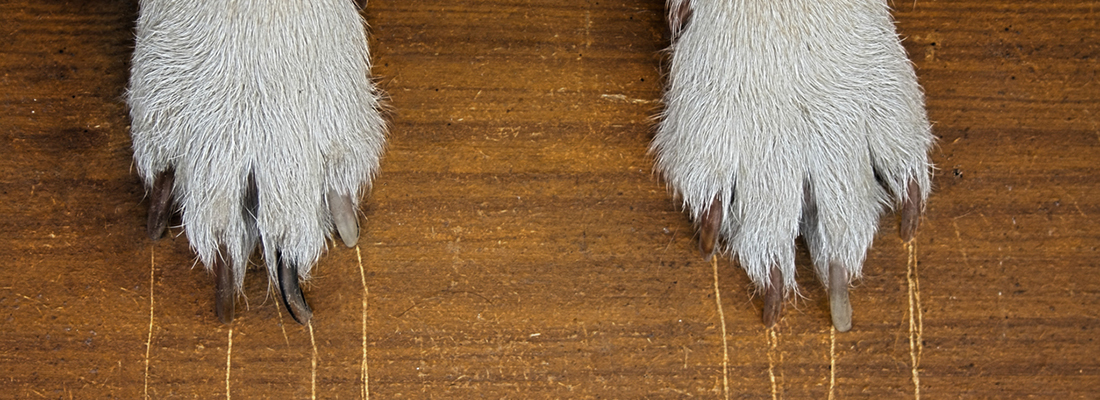
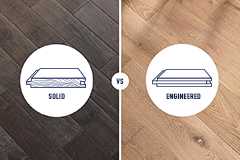 Solid vs Engineered Hardwood Flooring
Solid vs Engineered Hardwood Flooring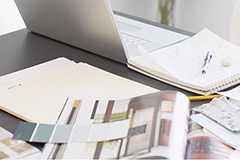 Guide To Choosing a Hardwood Floor
Guide To Choosing a Hardwood Floor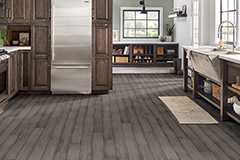 Hardwood Flooring Room Inspiration Guide
Hardwood Flooring Room Inspiration Guide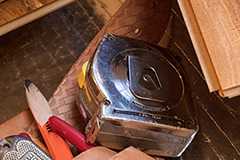 10 Things to Know About Hardwood Floor Installation
10 Things to Know About Hardwood Floor Installation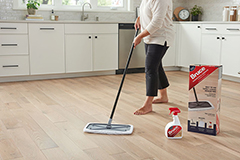 How To Clean and Protect Hardwood Flooring
How To Clean and Protect Hardwood Flooring